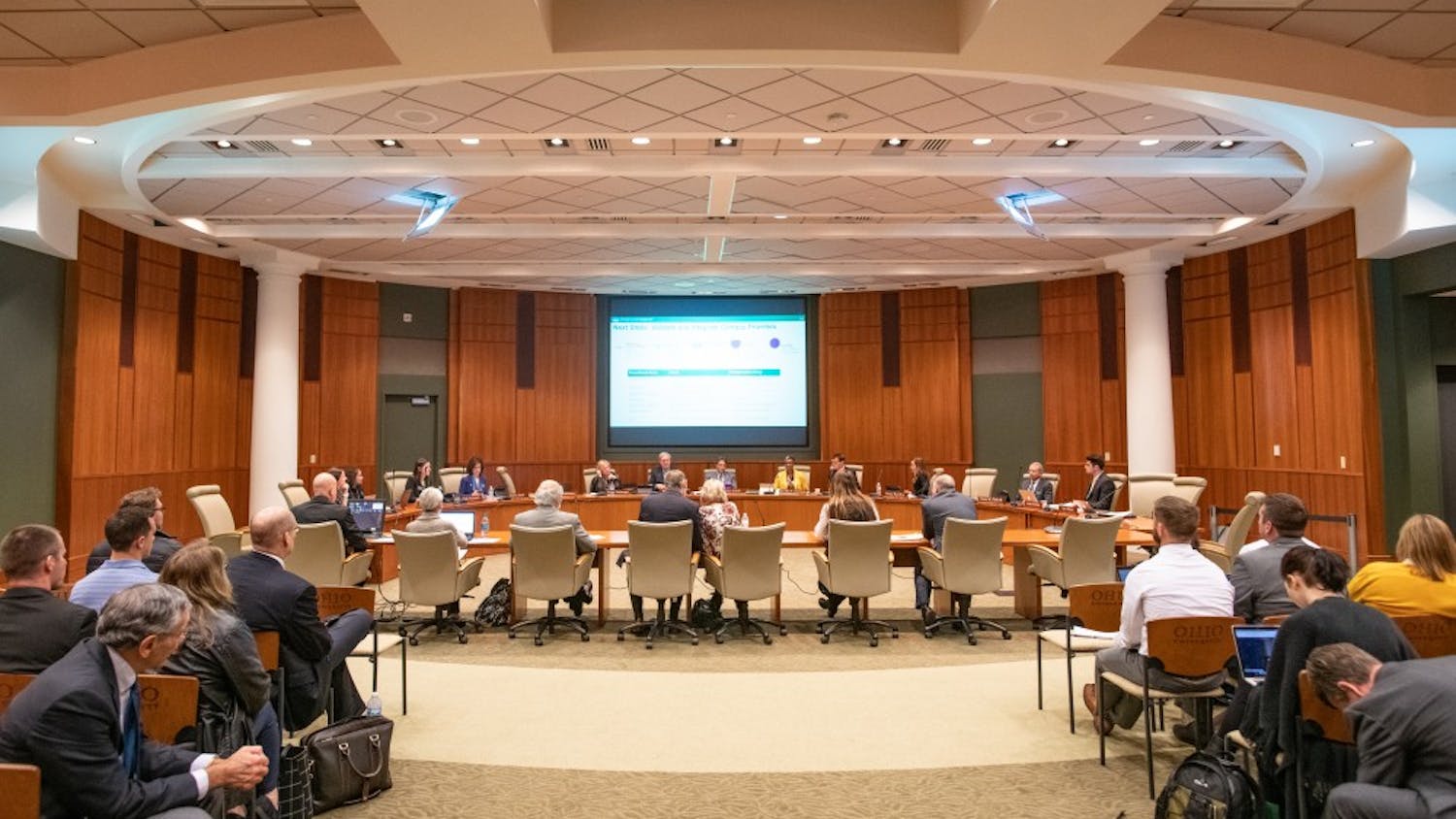The Ohio University College of Engineering implemented new safety standards which will prevent carbon monoxide leaks, such as the one that occurred in August 2004.
The incident, which sent several people to the hospital, took place on East State Street in an office space rented by the Ohio Coal Research Center, a group of OU faculty and students who study more efficient ways to use coal as an energy source.
Ironically it was intended to improve air quality
said Dennis Irwin, dean of the College of Engineering, on the project resulting in carbon monoxide poisoning.
The research center was recording how well a bioreactor, engineered to grow microalgae out of water and break down carbon dioxide through photosynthesis, prevented further buildup of green house gas. A burner used to provide the necessary temperature for the algae to grow failed to completely combust natural gas, creating the carbon monoxide.
Airplane accident investigators always tell you that the cause of a safety problem is a combination of smaller things. In this case we had several things go wrong simultaneously Irwin said. These include a lack of any working carbon monoxide detectors in the building and the decision of unsupervised graduate students to run the experiment without them.
Tenants of the office building noticed the problem on Aug. 23, when many complained of ailments symptomatic of carbon monoxide poisoning, which restricts oxygen in the bloodstream. A 10-year-old child fainted, which prompted a phone call to the Columbia Gas Co., which initiated an investigation.
Several people went to O'Bleness Memorial Hospital for potential inhalation of carbon monoxide, including a pregnant woman, who has since delivered a healthy baby, said John Burns, director of legal affairs.
The incident's investigative report estimates the level of carbon monoxide in the building ranged from 146 parts per million to 346 parts per million. The safe limit, according to the Occupational Safety and Health Administration, is 50 parts per million.
Burns said he is working with about 12 people who have brought medical expense claims to him. Their medical bills range from about $200 to $1,000, not uncommon for hospital treatment. The university will cover any expenses that workers' compensation does not.
Both Irwin and David Bayless, professor in the College of Engineering, said they have talked with people affected by the leak who expressed concern about possible long-term exposure because the building contained no carbon monoxide detectors.
I can reasonably say there may have been some CO emissions Bayless said, but our microalgae actually die at very high concentrations of CO
so they would have died
and we would have known it if it had occurred over a long period of time beforehand.
The College of Engineering initiated plans to improve environmental safety in its projects, prior to the leak. The college now works closely with Chris Kolbash, an OU environmental safety coordinator. The department has implemented several new safety checks including: All students must have their experiments approved by faculty and the Department of Environmental Health and Safety.
Each experiment has its
own preventative maintenance schedule, specific to its environmental concerns.
A risk assessment investigator will review all operations within the College of Engineering.
Faculty and students will review the most recent information on technical hazards.
The worst part about it was that this was started just before the accident had occurred
Bayless said. In retrospect
if it would have been sooner
then you never know.
17
Archives





